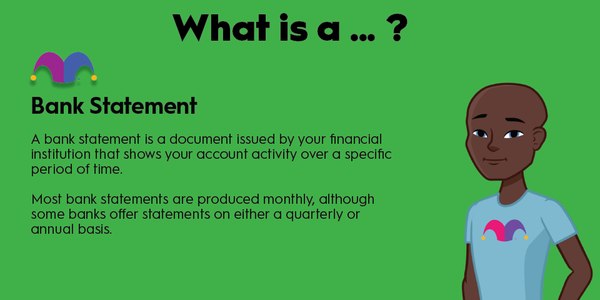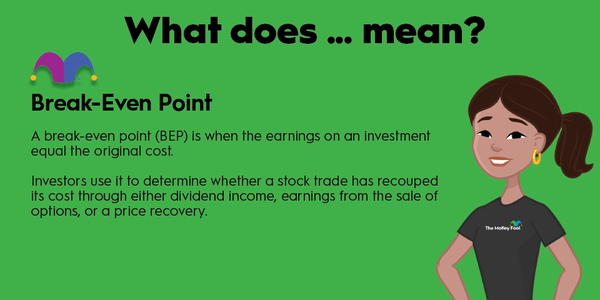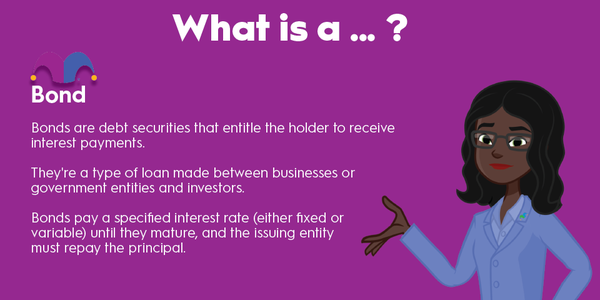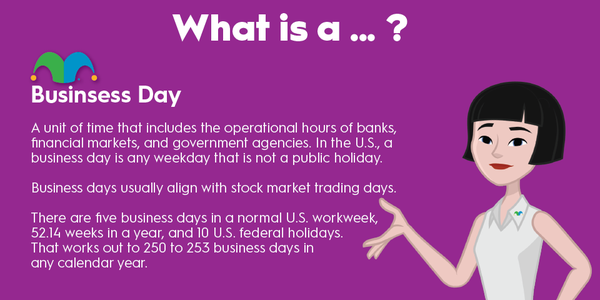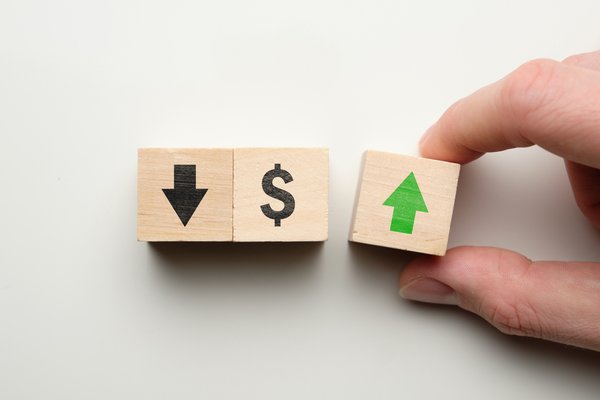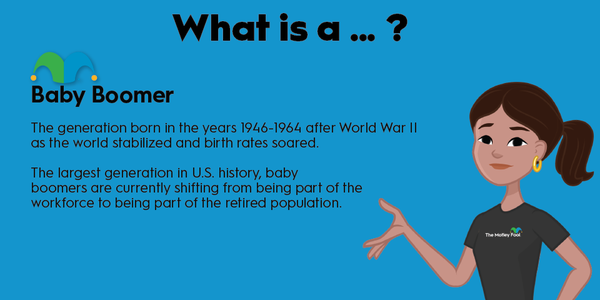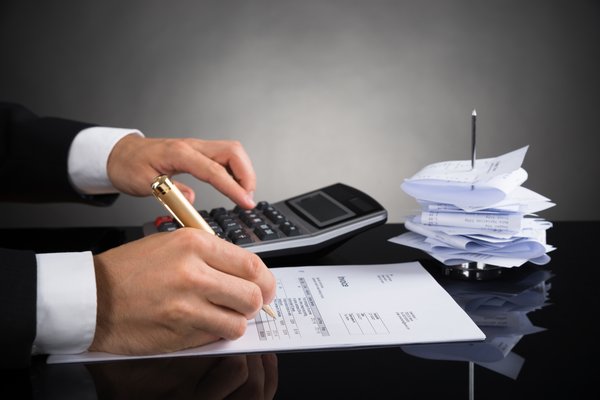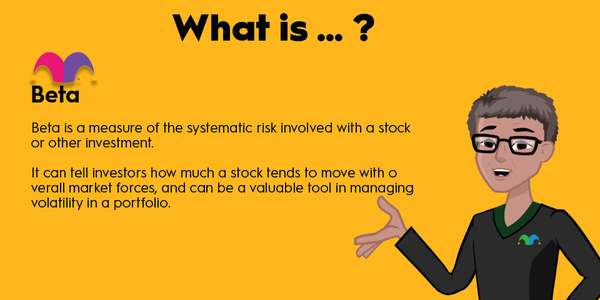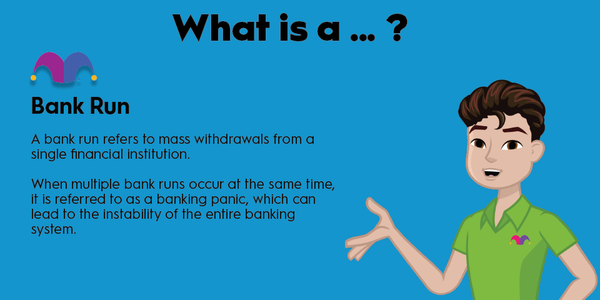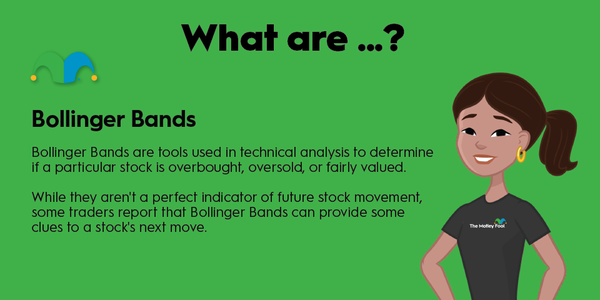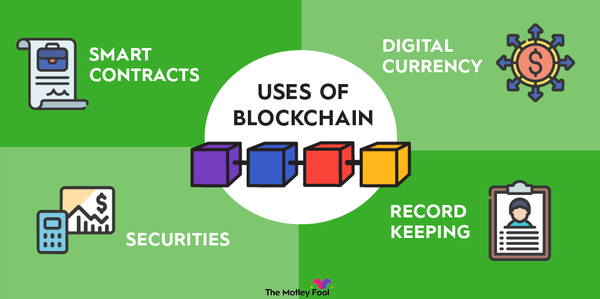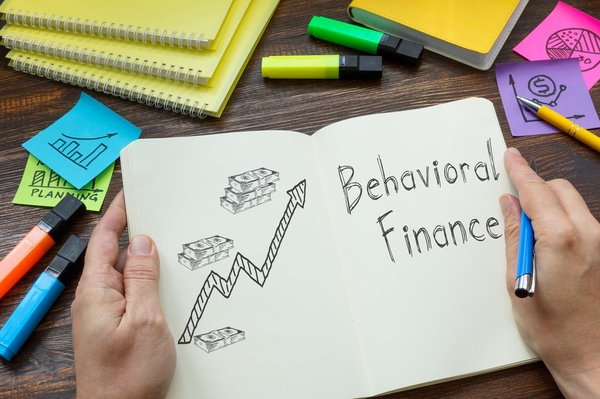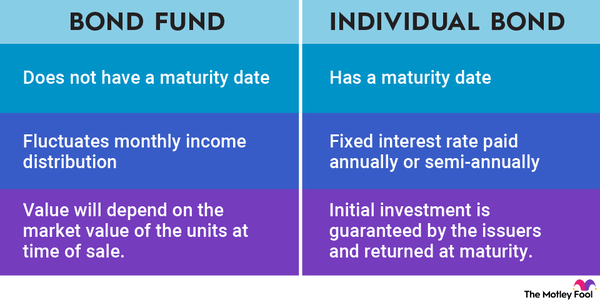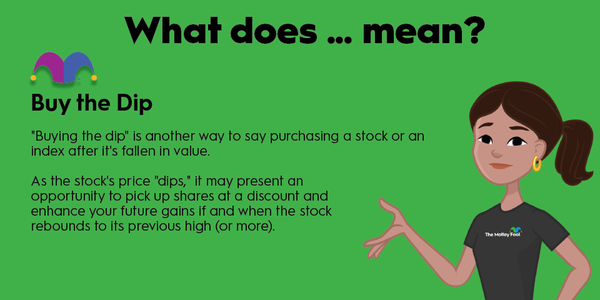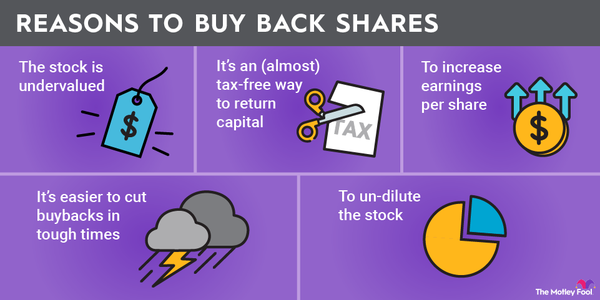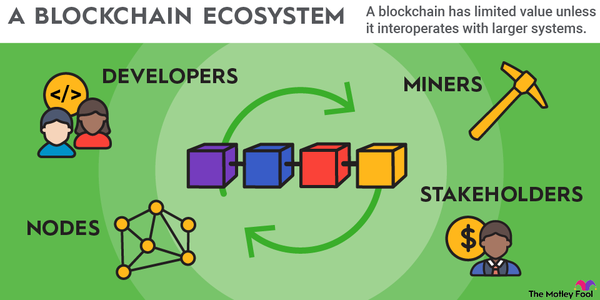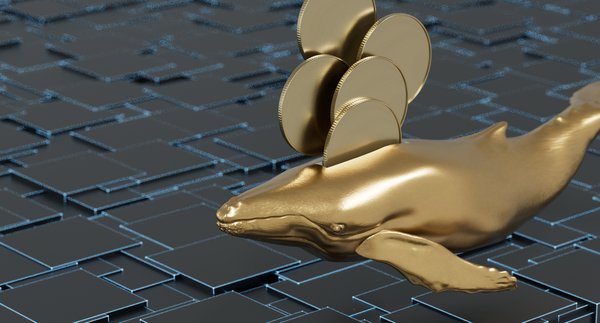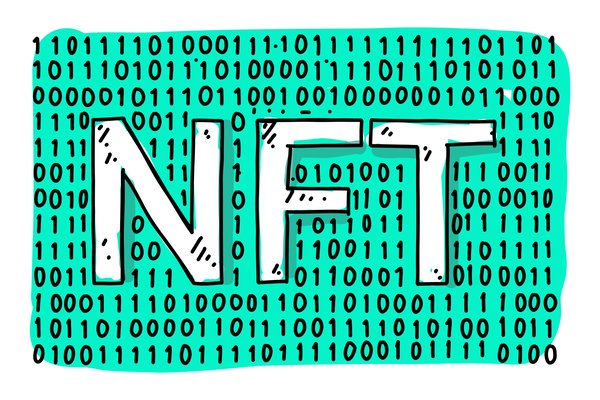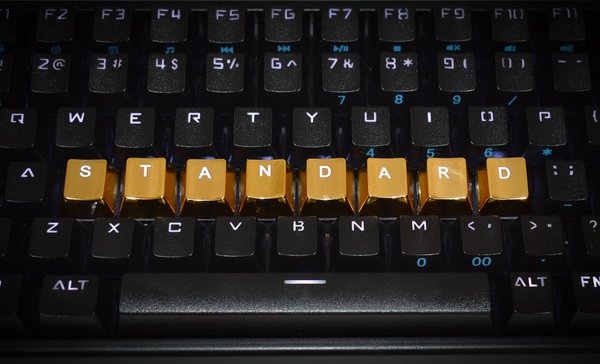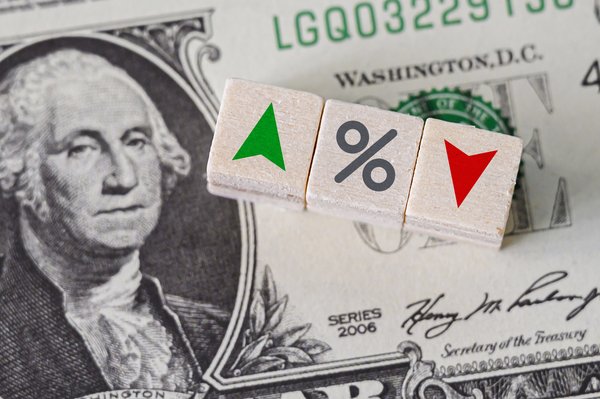Bankruptcy is a legal proceeding that can help businesses or individuals repay or settle debts. The very word may conjure up negative connotations -- and for good reason. The decision to declare bankruptcy can offer financial relief, but it will also follow you or your business around for many years.
While this process shouldn’t be taken lightly, there are times when it might make sense -- and could help a household or company get back on the path to long-term financial stability. It’s a complex endeavor, though, so here’s what you need to know to get started.
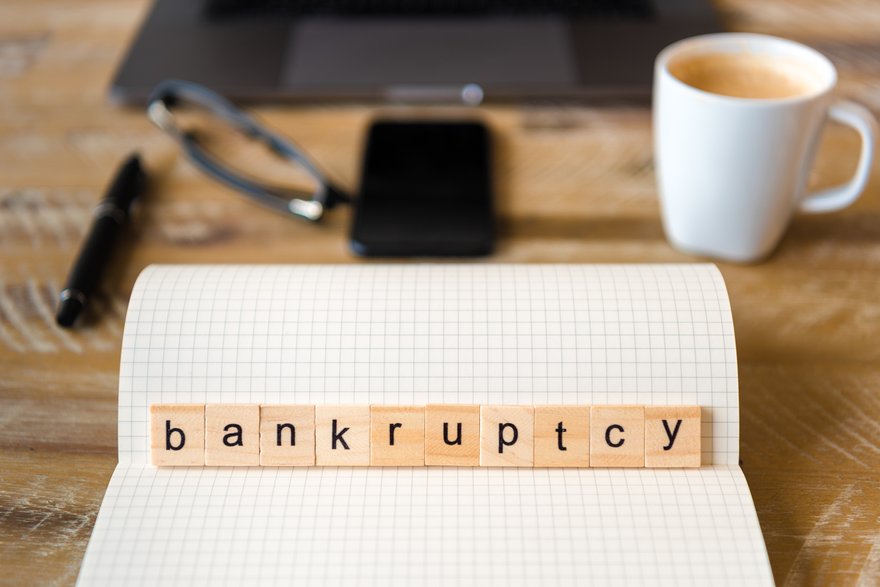
What is it?
What is bankruptcy?
In the U.S., bankruptcy is a legal process handled in federal court in which an individual or business can have their debt forgiven or restructured. Through this process, lenders may also be able to recoup some form of repayment on missed loan payments. In theory, bankruptcy can be a positive event for the economy. It can allow those who are struggling with debt to hit a restart button and help creditors obtain some repayment on an otherwise bad debt.
How does it work?
How does bankruptcy work?
Filing for bankruptcy is a complex process, and the average person or small business will want to get the help of a lawyer who specializes in this field. The good news is that while this is a legal process, appearances in court before a judge will likely be limited. Most of the proceedings are handled via a bankruptcy trustee.
Before filing, an individual or business will need to show that they are financially unable to make payments on their debt. Meetings with a counselor will need to take place to assess finances and discuss alternatives to bankruptcy. From there, if the decision is made to proceed with bankruptcy, you’ll need to determine the most appropriate form of bankruptcy.
Types
Types of bankruptcy
In the U.S., there are six types of bankruptcy. Three are less common but still worth knowing about.
- Chapter 9: Municipal Bankruptcy. Only municipalities (such as cities or counties) can file for this type of bankruptcy. It allows for a municipality to reorganize its debts by extending terms of payback or reducing principal or interest payments.
- Chapter 12: Family Farmer or Fisherman Bankruptcy. Similar to Chapters 11 and 13 (see below), this type of bankruptcy filing is designed for the specific needs of family farming or fishing businesses.
- Chapter 15: Ancillary and Other Cross-Border Cases. Chapter 15 was developed for dealing with insolvency cases involving more than one country, such as a foreign company operating in the U.S.
The other three types of bankruptcy are the most common for individuals and businesses.
- Chapter 7: Liquidation. For both individuals or businesses. Chapter 7 bankruptcy involves the sale of assets to repay secured debt, and usually any unsecured debt (such as credit cards) is extinguished. To qualify, a “stress test” is done (that compares the applicant’s income to the state average) to make sure the applicant doesn’t qualify for a reorganization and repayment of debt under Chapters 11 or 13. As a result of Chapter 7, a debtor may lose assets and real property but will have unsecured debts such as credit cards extinguished to provide a fresh start.
- Chapter 11: Reorganization. Chapter 11 is one of the most common forms of bankruptcy for companies. Under this provision, businesses will typically continue to operate while formulating a plan for repayment of debt. Once a reorganization plan is proposed, a company's creditors can vote on whether it’s acceptable.
- Chapter 13: Individual Debt Adjustment. Like Chapter 11, Chapter 13 is a reorganization of debt but typically for individuals or families. The debtor proposes a repayment plan over the course of a three- to five-year period. Under Chapter 7, loss of assets can occur (such as a house foreclosure). The advantage of Chapter 13 is it allows for catching up on debt payments so assets can be kept.
When to file
When you should file for bankruptcy
Filing for bankruptcy is a big decision and shouldn’t be taken lightly. Before you go down this path, exhaust all other options first. Consider seeking help from a government-approved credit counselor that offers a debt management plan. A debt consolidation loan could combine several high-interest liabilities into one and lower the interest rate. You can also get in touch with creditors and see if they are willing to renegotiate payment terms.
If the above steps don’t offer enough relief, consider getting in touch with a legal professional to explore bankruptcy options as a last resort.
When you shouldn't file for bankruptcy
Don’t try to file for bankruptcy if you haven’t explored all your options yet. Additionally, be aware that not all debt can be discharged as part of a bankruptcy proceeding. Non-exempt liabilities include tax claims, court-ordered spousal or child support, government fines or penalties, court fines or penalties, some retirement plan loans, and possibly student loan debt (although the White House and Congress are considering different student loan forgiveness options).
Bankruptcy will also severely affect your credit score. If you plan on taking out debt for a large purchase such as a car or home, bankruptcy could cause creditors to turn down your application for a loan. A lowered credit score due to bankruptcy will also generally lead to a higher interest rate on any credit that is offered. Consider alternatives to bankruptcy that don’t lower your credit score as much if a major purchase is being planned.
Bankruptcy can be a way to get a new lease on your financial situation, but there are trade-offs. Here are a few more things to consider:
Advantages and disadvantages
Advantages of Bankruptcy
- Bankruptcy might offer relief from burdensome debt you cannot afford, sometimes by eliminating it.
- Certain proceedings (like Chapters 11 or 13) can help you pay off debt and keep important assets such as your home or business.
- Once bankruptcy proceedings and repayment plans are complete, you’ll have a fresh start from which to begin rebuilding your financial well-being.
Disadvantages of Bankruptcy
- Depending on the type of bankruptcy filed, you could eventually lose important assets. For example, Chapter 7 can only delay a home foreclosure and not halt it.
- Bankruptcy stays on your credit report for a long time. Chapter 7 remains for 10 years, and Chapter 13 for seven years. This won’t affect your ability to build your assets via activities like investing, but it may hinder your ability to get loans for everything from real estate to credit cards for at least a couple of years.
- If credit is extended, your interest rate on loans is likely to be higher than average while you rebuild your credit score after a bankruptcy.
Choosing to file for bankruptcy is a huge decision and one that will affect you, your family, and/or your business for many years to come. Nevertheless, in certain situations, it can offer the relief you need to begin saving and accumulating wealth once again.
When the bankruptcy process is complete, don’t waste any time. Maintaining a job, paying bills on time, and using any unsecured debt such as a credit card wisely will help begin rebuilding your personal or business credit score. In time, the effects of the bankruptcy will ease as you build a new solid foundation for your future financial health.


